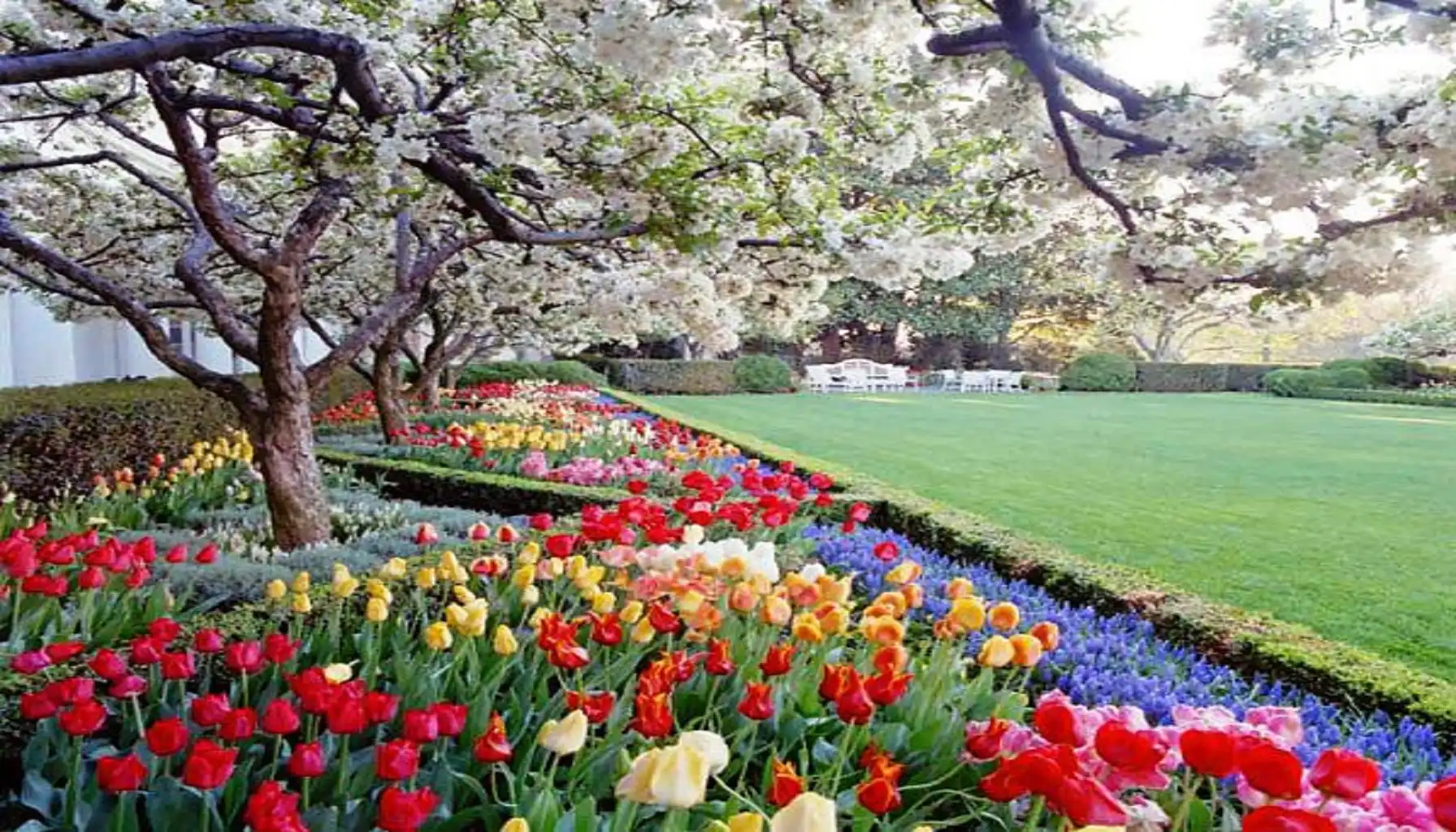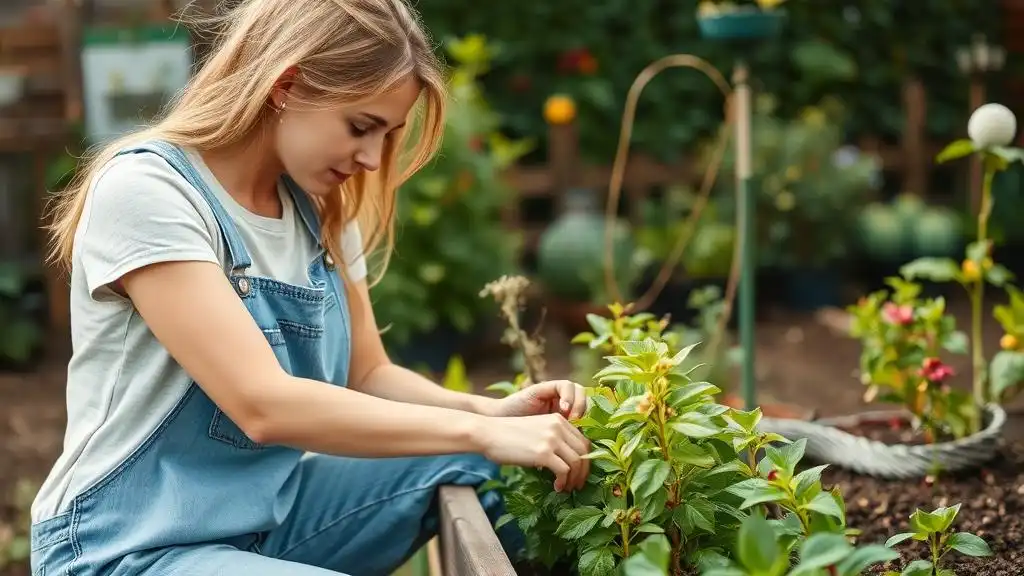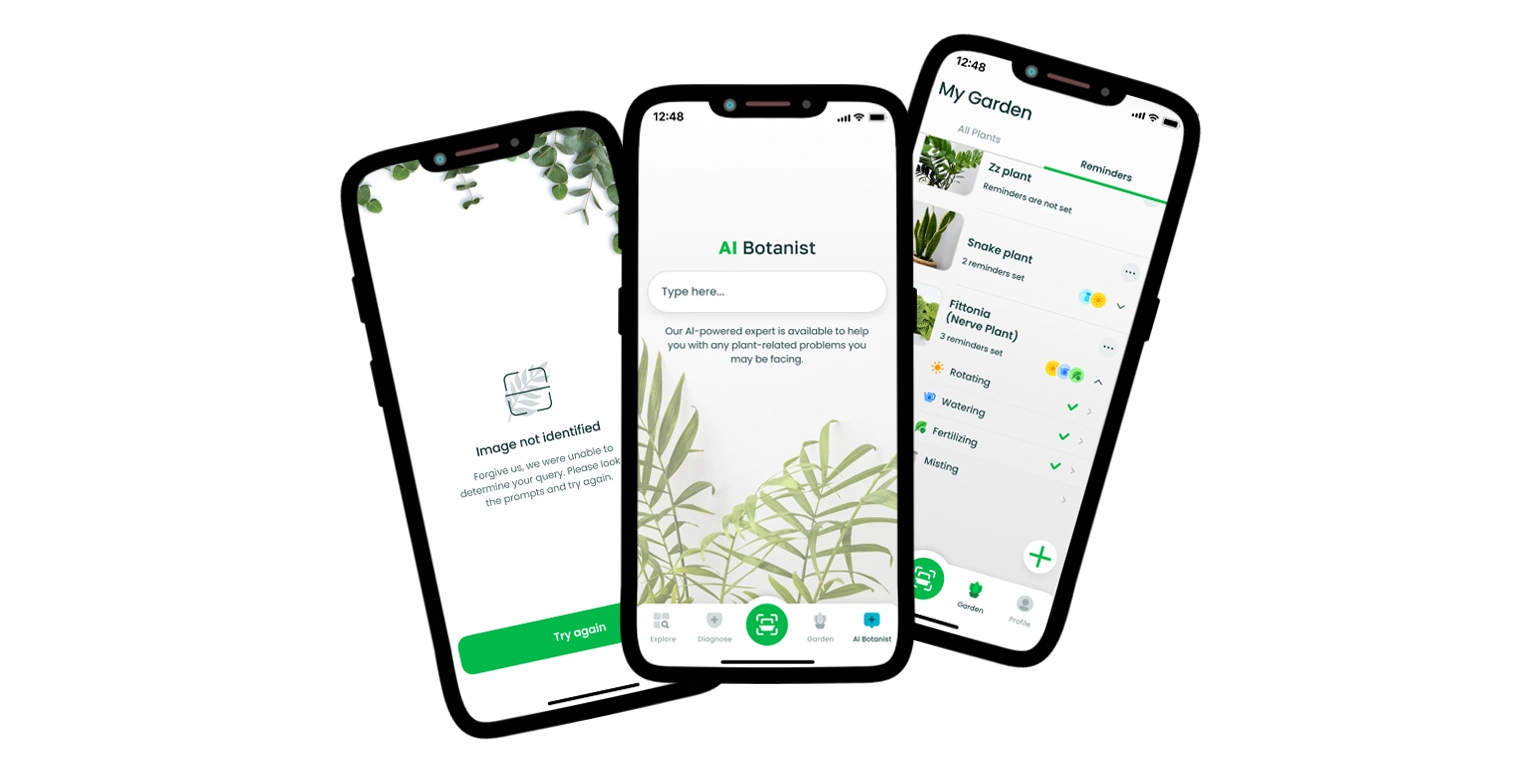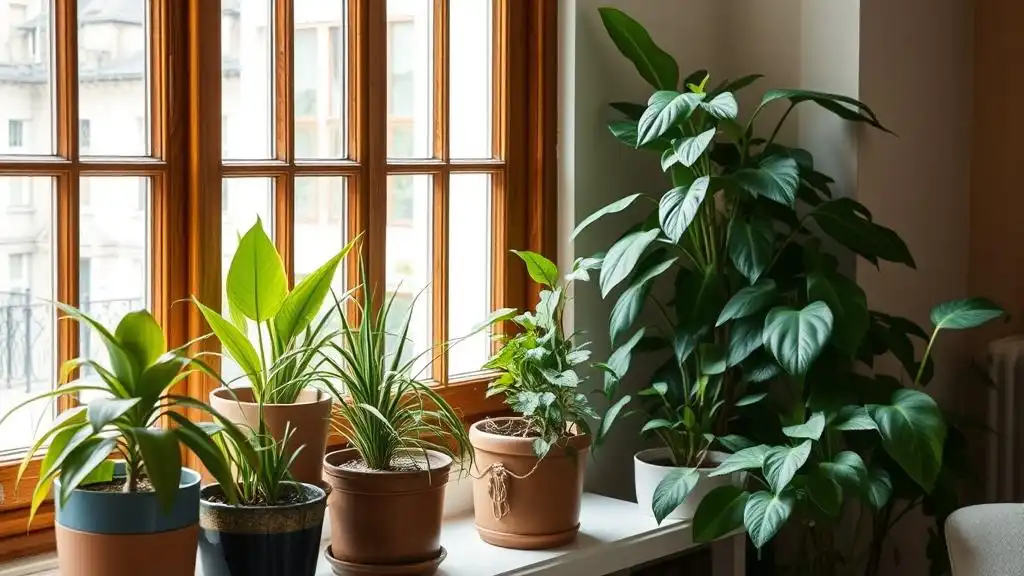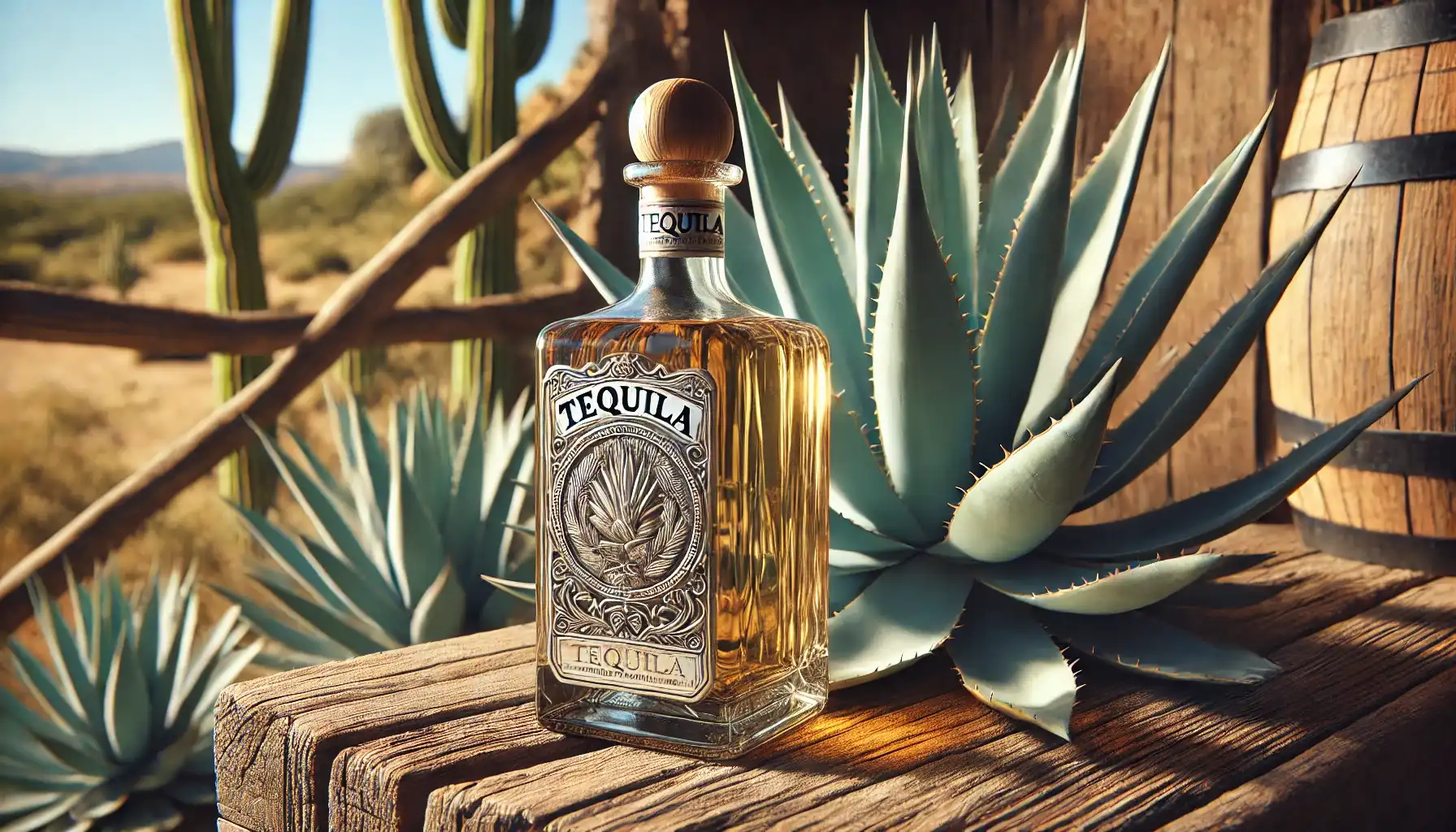For professionals, whom we should definitely look up to, evaluating the health of a garden is mandatory. There exist various methodologies that make this experience as accurate and efficient as possible. One might have heard about NDVI, i.e., Normalized Difference Vegetation Index, but what does it actually mean? What is NDVI used for?
In this guide, AI Plant Finder would like to familiarize you with such a complex concept that must not be overlooked but studied carefully for further possible applications. Take the best out of your botany experience and keep your garden safe and sound.
What Does NDVI Mean?
NDVI, i.e., Normalized Difference Vegetation Index (or greenness index), is a numerical indicator ranging from -1 to 1 employed in the sphere of agriculture to evaluate the health of the plants and monitor vegetation as a whole. What is NDVI imagery? Generally speaking, NDVI, calculated with the use of satellite imagery or drone data, relies on the way plant species reflect light.
To put it simply, chlorophyll, a green pigment found in vegetation, can absorb red light waves, which is why photosynthetic activity is possible and a plant may grow and develop efficiently. The cell structures of a healthy plant, though, reflect more near-infrared light, and this results in higher NDVI values. Stressed vegetation reflects less near-infrared waves but absorbs the red light in turn, with lower NDVI values being noted.
When one acknowledges the correct NDVI index, it gets easier to make informed decisions, understand the current plant’s needs, and implement proper irrigation, fertilization, pest control, and watering strategies.
The Formula of NDVI
At this point, it might be unnecessary to load our readers with overly scientific information. However, superficial comprehension is crucial for one to professionally analyze the plant’s conditions and select the most appropriate tools and solutions in the end. So, what does the NDVI formula look like?
NDVI = (NIR – Red) / (NIR + Red)
where NIR relates to the near-infrared light which is reflected by the greens, Red stands for the red light, and NDVI falls within the range from -1 to 1.
Pretty difficult to calculate, isn’t it? Nevertheless, farmers and professional horticulturists, who use sensor-equipped tools like drones, should regularly study their gardens from this light-specific perspective. As stated before, healthier vegetation corresponds to higher NDVI values, and vice versa.
How to Interpret NDVI Values
As a rule, the NDVI values depend on various factors that may not even be referred to the health but density, water presence, and other environmental conditions. So as to identify the precise condition of the preferred area, it is vital to take into consideration not only sensor-related data but other sources of information, e.g., your own experience, care guides, plant-centered apps like AI Plant Finder*, etc.
Values close to +1 (i.e., 0.6 to 1): These may indicate that the vegetation is healthy and dense enough to thrive with no limits, which is usual for forests, croplands, and other places where the plants are green and lush.
Values between (i.e., 0.2 to 0.5): As soon as calculation demonstrate this range, these can indicate moderate vegetation health, which is found in shrubs, grasslands, and the like.
Values close to 0 (i.e., 0 to 0.2): When vegetation exhibits some symptoms of plant diseases, the NDVI index is not high but moderate and strict. Surprisingly, it may include suffering plants as well as urban regions, desert territories, and poorly planted fields.
Negative Values (i.e., -1 to 0): The lowest results are usually demonstrated in dead or severely damaged plants, as well as non-vegetated surfaces, like water reservoirs and urban areas, for instance.
*AI Plant Finder? What Is This?
Beyond any doubt, AI Plant Finder is one of the most convenient platforms for gardeners who need plant control, a reliable digital encyclopedia of more than 300,00 species, a garden log, quick plant and disease identification by photo, plant care reminders, and even more. Though young yet promising, the app attracts more and more users from all over the world to share their experiences and explore the floral world with pleasure and ease.
Fortunately for us, the witnesses of the digital era, it is no longer difficult to obtain information and professional insights on the spot. Noticed an unusual insect in the garden? Do not understand how much water your garden needs? Want to know more about your local flora? AI Plant Finder may answer all of your questions and establish a connection between the community for the sake of respected collaboration, mutual benefits, experience-sharing, and the like.
Applications of NDVI in Agriculture
Those who are unsure about what NDVI is in remote sensing may also be unprepared to properly employ such a powerful tool that is to enhance crop management and productivity, too. First of all, NDVI allows one to monitor and control the health and vigor of the garden inhabitants, stress the importance of obtaining healthy vegetation, and potential harvest outcomes, as well as manipulate the precision of crop variability.
Moreover, NDVI methods can be applied to the soil fertility mapping for gardeners to improve the foundations, i.e., soil, and plan the next harvest season, for it can assess the impact of Italy, their adaptation period, readiness, and that is it. Informed decisions might come from those who understand the importance of NDVI and explore the true data with their own eyes.
Although it may be difficult to comprehend what NDVI is at first, those who strive to create a lush, healthy garden should spend some time exploring this concept and assessing if it is possible to perform or not. By leveraging NDVI, plant lovers can take the right measures, optimize resource use, and enhance crop production with no harm to the environment but safe technologies only.
AI Plant Finder Related Posts:
